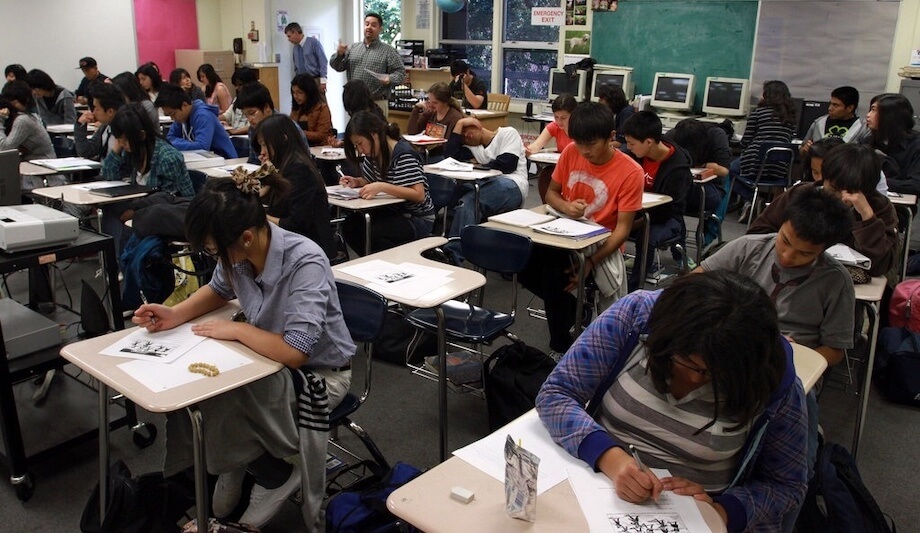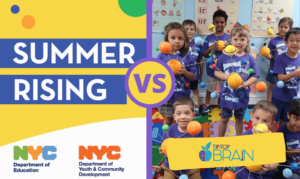Education researchers have studied the former questions for decades, and the latter is frequently a contentious point in local NYC politics. As we speak, local legislators are working to pass a bill ensuring smaller NYC class sizes. If passed, the difference in the classroom will be palpable. You’ve probably heard schools boast of small class sizes, or a low student-teacher ratio. Often, it’s assumed these promises ensure higher quality instruction and greater learning outcomes, but is that really true? And, what exactly is a small class size?
What’s a small NYC class size?
Small classes are exceedingly illusive. Perhaps unsurprisingly, most of us living in NYC have never been in a small “class.” Actually, in recent years, many students report being in exceptionally large classes. Officially, NYC class sizes in elementary schools are capped at 32 students, while middle and high school students are capped at 30 and 34, respectively. As you’ll come to find—that’s quite large. So what’s an average class-size?
Of course, the average class size varies by city greatly. The average NYC class size is approximately 27 students, 7 students more than the national average. Many education researchers consider a “typical” class size to be around 25 students, and a small class 15 students or less. So, for the sake of our discourse on small classes, we’ll assume a small class is a class of no more than 15 students.
Would small NYC class sizes make a big difference?
Undoubtedly, yes. In the STAR (Student Teacher Achievement Ratio) experiment, the holy-grail of class-size studies, students in smaller classes saw significantly greater educational gains than those in regular-sized classes. Students assigned to smaller classes experienced an average increase in their grade-level performance by roughly 5 percentile points. But how?
Well, first and foremost, with a smaller class, there’s a smaller range in levels of understanding amongst students. In simpler terms: students are more so on the same page in small classes. As a result, instructors can more easily meet the needs of the class. Class materials can be more closely tailored to the needs of individual students. For instance, instead of having to try and review 4 topics the class is struggling with, instructors may only need to cover 2-3. Over the course of one hour, that’s 20-30 minutes spent on each topic as opposed to 15 minutes.
No less, by having fewer students, instructors can invest more time with each of them. The same is true outside of the classroom, when assignments are being graded. With more time per assignment, instructors are able to provide longer, more meaningful feedback on tests and homework. Though seemingly small, this feedback is a key to greater comprehension students may not have had otherwise. Over the course of an entire school year, these small benefits add up to substantial learning games amongst students. But, it’s not just the instructors who act differently in smaller classes.
Kids in small classes demonstrate greater participation in-class and increased attentiveness. Perhaps it’s because they’re receiving more attention or experiencing more interaction, but regardless the result is a recipe for success. They’re likely experiencing more intimate socialization with classmates too, which could drive motivation to study as well. And with increased socialization comes more friends, which makes going to school that much better.
All in all, the jury is in: we all love the idea of smaller NYC class sizes and the sweet, sweet perks of a lower student-teacher ratio. The benefits are felt all around, teachers are less stressed, students are better supported, and parents are more confident in their child’s instruction. With greater learning gains, and all-around higher spirits, students are excited to go to school. But it remains to be seen how large NYC class sizes will be in coming years. Whatever the shakedown, you can rest assured we’ll keep you posted here.







